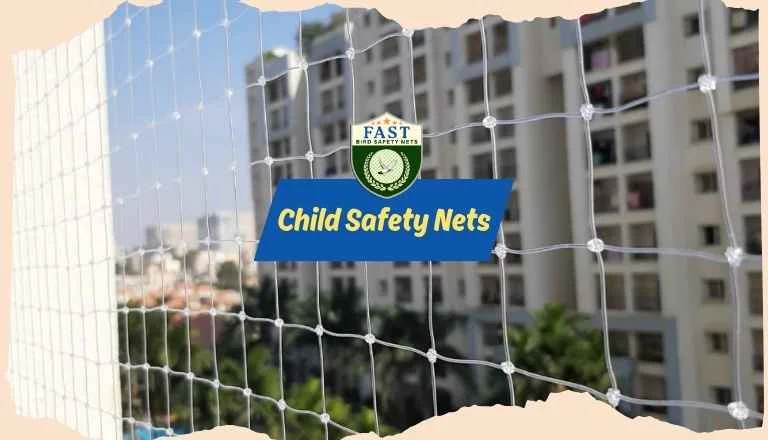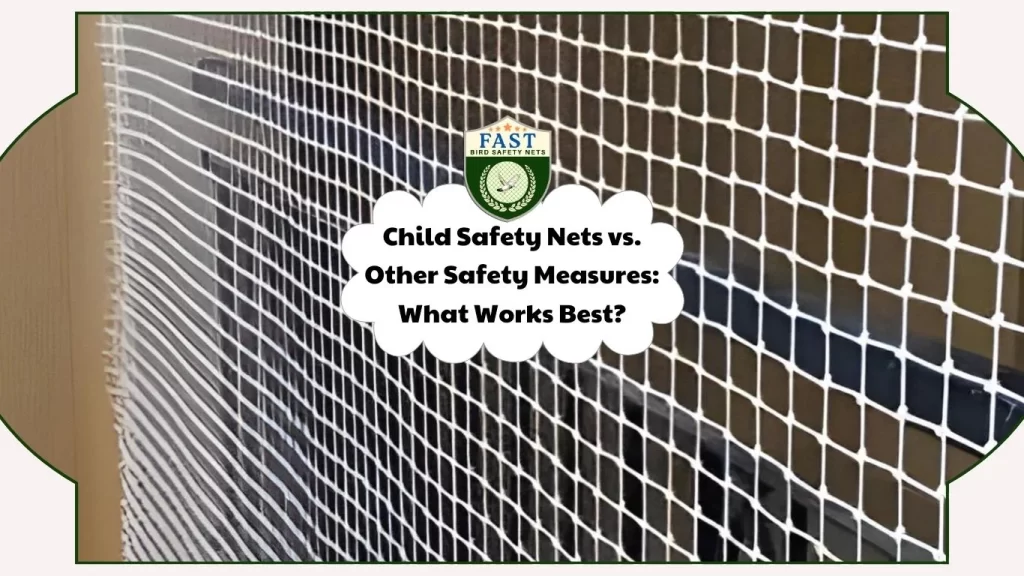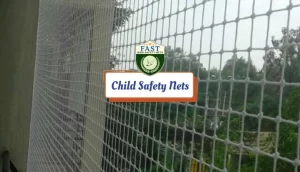When it comes to child safety, parents often wonder whether child safety nets are the best option or if other safety measures are more effective. In this blog post, we’ll compare baby safety nets with other safety measures to determine the most suitable choice for protecting children in various settings.

- Kids Safety Nets: Explore the benefits of baby safety nets, including their ability to create physical barriers that prevent children from accessing hazardous areas such as balconies, stairs, or windows. Learn about different types of baby safety nets and their installation methods.
- Other Safety Measures: Discuss alternative safety measures such as window guards, safety gates, door locks, and supervision. Evaluate the effectiveness of each measure in preventing accidents and protecting children from potential hazards.
- Factors to Consider: Consider factors such as the layout of your home, the age and mobility of your child, and your budget when choosing between baby safety nets and other safety measures. Determine which option best addresses your specific safety needs and concerns.
- Long-Term Viability: Assess the long-term viability of baby safety nets versus other safety measures in terms of durability, maintenance, and adaptability to changing needs as your child grows.
- Combination Approach: Explore the possibility of combining kids safety nets with other safety measures for comprehensive childproofing. Learn how a multi-layered approach to child safety can provide added protection and peace of mind.
Conclusion: By comparing kids safety nets with other safety measures and considering various factors, you can determine the best approach for protecting your child in your home or other environments. Whether you choose kids safety nets, other safety measures, or a combination of both, prioritize your child’s safety to create a secure and nurturing environment.






